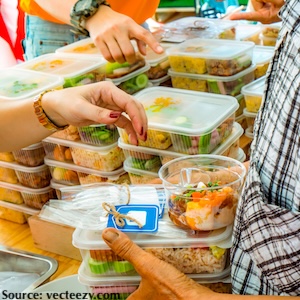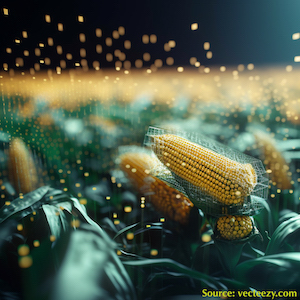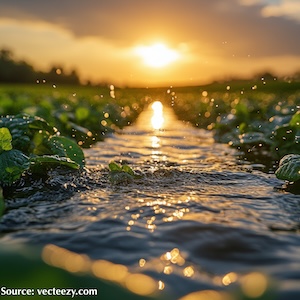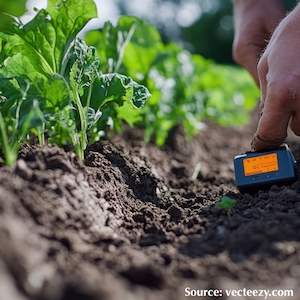Avoidable food waste in the distribution sector: quantification and valorization

All claims expressed in this article are solely those of the authors and do not necessarily represent those of their affiliated organizations, or those of the publisher, the editors and the reviewers. Any product that may be evaluated in this article or claim that may be made by its manufacturer is not guaranteed or endorsed by the publisher.
Accepted: 7 June 2025
Authors
Significant food waste occurs during distribution due to inefficiencies in handling, storage, and logistics. This research investigates food waste in the distribution sector, focusing on quantification and valorization, through three systematic literature reviews and a case study. The first review analyzes food waste quantification in large-scale retail, revealing inconsistent recording methods across supermarkets, which prevent data comparison and the estimation of the average value of waste. The second review examines the catering sectors: hospital canteens (comparing two preparation methods, one of which generates less waste), school canteens (with comparable data), and restaurants (where consumer waste exceeds kitchen waste). The third review explores food waste valorization strategies, classified according to the European Commission's waste hierarchy: prevention, human consumption (donation), feed, material recycling, nutrient and energy recovery, and disposal. Donation, although a priority after prevention, is not always the best option from an environmental point of view. The case study focuses on a food donation service where supermarkets' unsold food is collected, stored in a hub, and converted into meals for people in need. Using Life Cycle Assessment (LCA), the service was shown to have significant environmental benefits—up to 99% reductions in Global Warming Potential and Acidification—due to the avoided impacts of food waste. Socially, it provided 73,493.1 kg of food, enabling daily meals for 134 people. This work highlights the complexity of food waste quantification and the potential of donation strategies in achieving both environmental and social benefits in the distribution sector.
Supporting Agencies
Frutic 2025 ConferenceHow to Cite

This work is licensed under a Creative Commons Attribution-NonCommercial 4.0 International License.









